
Welcome to 'Master the Fun: 12 Tips to Succeed in DIY Family Craft Projects.'
This engaging and informative article provides a step-by-step guide to help you and your family unleash your creativity and bond through exciting craft projects.
With our expert tips, you'll discover the joy of crafting together, while also learning about age-appropriate projects, cleanup strategies, and creative ways to display and store your masterpieces.
Get ready to embark on a journey of freedom and artistic exploration with your loved ones.
Let's dive in!
Step-By-Step Guide
Begin your family craft project by following this step-by-step guide to ensure success.
Crafting as a family can be a fun and rewarding experience, but it's important to have a plan in place before diving in.
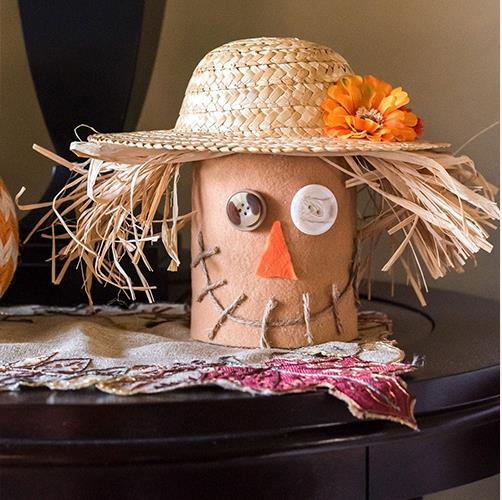
Start by gathering all the necessary materials and tools for your chosen craft.
Then, carefully read through the instructions and make sure everyone understands the steps involved.
Encourage creative inspiration by allowing each family member to add their own personal touch to the project.
Break down the project into manageable steps, making it easier for everyone to follow along.
Take breaks when needed and don't rush the process.
Remember, the goal is to have fun and create lasting memories together.
With these step-by-step instructions and a dose of creativity, your family craft project will be a success.
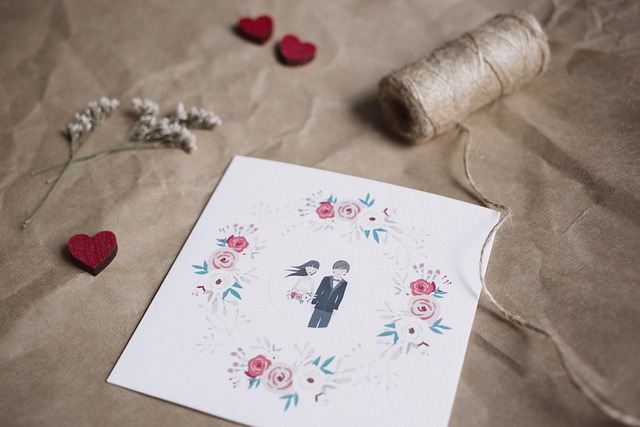
Difficulty Level
Crafting as a family can be an enjoyable and rewarding experience, and understanding the difficulty level of your chosen project is essential to ensure a successful outcome. Not all craft projects are created equal, and it's important to select one that matches the abilities and interests of your family members.
Here are some factors to consider when determining the difficulty level of a DIY family craft project:
- Complexity: Some projects may require more intricate steps or advanced techniques, while others may be simpler and easier to follow.
- Time commitment: Certain crafts may take longer to complete, requiring patience and dedication.
- Materials and tools: Consider the availability and familiarity of the required materials and tools, as well as any additional skills needed to work with them.
When choosing a craft project, be sure to consider the suitable age ranges for each project to ensure that everyone can participate and enjoy the experience.
Cleanup Tips
Utilize three simple cleanup tips to streamline the post-crafting process and keep your DIY family craft projects organized and tidy. Cleaning up after a craft project can be a daunting task, but with the right strategies, it can become a breeze.
First, designate a specific area for crafting and make sure to gather all the necessary supplies before starting. This will help minimize mess and make cleanup easier.
Second, consider using alternative crafting tool options that are easy to clean, such as washable markers instead of permanent ones or water-based paints instead of oil-based ones.
Finally, involve the whole family in the cleanup process. Assign different tasks to each family member, making it a fun and collaborative effort.
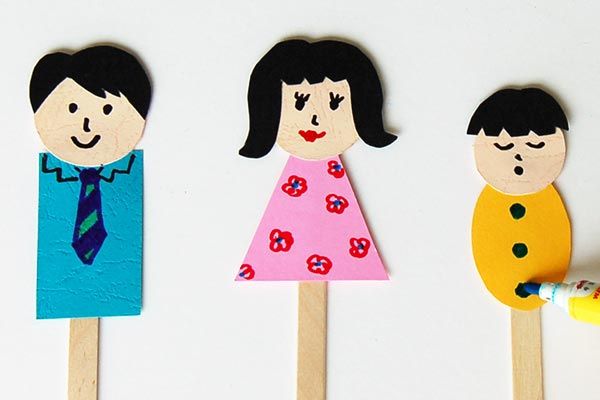
With these cleanup tips, you can enjoy the creative process of DIY family craft projects without worrying about the mess.
Craft Project Variations
Here are a few craft project ideas and creative techniques to keep things interesting and fun:
- Mix and match materials: Instead of sticking to one type of material, try combining different textures and mediums. For example, mix paper and fabric, or use beads and buttons to add dimension to your projects.
- Experiment with colors: Play around with different color palettes to create unique and eye-catching designs. Try using bold, vibrant colors for a more energetic feel, or opt for soft pastels for a soothing and calming effect.
- Incorporate nature: Bring the outdoors into your craft projects by using natural elements like leaves, flowers, or seashells. This not only adds a touch of beauty but also allows you to connect with nature and appreciate its beauty.
Project Benefits
The incorporation of various craft project variations not only enhances the overall experience but also offers numerous benefits to individuals and families alike.
Engaging in DIY family craft projects provides a platform for creativity and self-expression. It allows individuals to tap into their imagination and explore different artistic techniques.
By working together on these projects, families can strengthen their bond and create lasting memories.
Craft projects also offer a sense of accomplishment and pride when the final product is completed. They can boost self-confidence and improve problem-solving skills as individuals navigate through the different steps of the project.
Additionally, engaging in creative activities has been shown to reduce stress and promote relaxation.

Materials Needed
To ensure a successful DIY family craft project, it is essential to gather all the necessary materials for the upcoming creative endeavor. Having the right materials on hand will make the project go smoothly and allow everyone to fully express their creativity.
Here are some essential materials that you should have for your DIY family craft project:
- High-quality crafting paper or cardstock: This is the foundation for many craft projects and is essential for creating cards, decorations, and other crafts.
- A variety of paints: Whether you prefer watercolors, acrylics, or tempera, having a range of paints will allow you to explore different techniques and create vibrant masterpieces.
- Assorted crafting tools: Scissors, glue, markers, and brushes are just a few of the tools that you'll need for your DIY family craft project. Make sure to have a variety of tools available to accommodate different ages and skill levels.
Safety Precautions
Ensuring the well-being of all participants is imperative to take necessary safety precautions when engaging in DIY family craft projects. These projects can be a fun and creative way to bond as a family. However, it is important to prioritize safety measures to prevent any accidents or injuries.
Firstly, it is essential to choose age-appropriate crafts that are safe for everyone involved. Sharp objects or toxic materials should be kept out of reach. Additionally, proper protective gear, such as goggles or gloves, should be worn when necessary.
Furthermore, adult supervision is crucial, especially when young children are involved. Parents should closely monitor the activities and provide guidance to ensure that everyone is following safety guidelines.
Project Duration
Project duration is an essential aspect when it comes to DIY family craft projects. Time management strategies play a crucial role in ensuring that the project is completed within a reasonable timeframe.
Setting realistic expectations and balancing family commitments are key to successfully managing the duration of the project and ensuring that everyone involved can enjoy the process without feeling overwhelmed.

Time Management Strategies
During the duration of a DIY family craft project, effective time management is crucial for success. To make the most of your crafting time, consider the following time management tips:
- Prioritize tasks: Start by identifying the most important tasks that need to be completed first. This will help you stay focused and ensure that the essential elements of the project are completed in a timely manner.
- Break it down: Large projects can be overwhelming, so break them down into smaller, manageable tasks. This will make it easier to allocate time and track progress.
- Set deadlines: Assign deadlines for each task to create a sense of urgency and keep everyone motivated. Be realistic with your timeframes, but also challenge yourself to stay on track.
Setting Realistic Expectations
To ensure a successful DIY family craft project, it is important to establish a realistic duration for the project. Setting realistic goals and managing expectations can help you avoid frustration and enjoy the process of creating together as a family.
When planning your project, consider the complexity of the craft, the skill levels of each family member, and the amount of time you have available. It's essential to be honest with yourself about how much time you can realistically dedicate to the project.
Balancing Family Commitments
When managing the duration of a DIY family craft project, it is crucial to strike a balance between the time commitments of each family member. Balancing family time and prioritizing commitments can be challenging, but with the right strategies, it is possible to make the most of your craft projects while still maintaining a healthy family dynamic.
Here are a few tips to help you navigate this delicate balance:
- Communicate openly: Discuss the project timeline with your family members and listen to their input. This will help ensure everyone's needs and availability are taken into consideration.
- Break it down: Divide the project into smaller, manageable tasks. This allows family members to contribute in ways that fit their schedules and abilities.
- Flexibility is key: Be flexible with the project duration. Life happens, and unexpected events may arise. Adjust your expectations and be willing to adapt the timeline as needed.
Age Appropriateness
When it comes to DIY family craft projects, age appropriateness is key to ensure that everyone can participate and enjoy the experience.
Consider the suitable age ranges for the craft activities and tailor them accordingly.
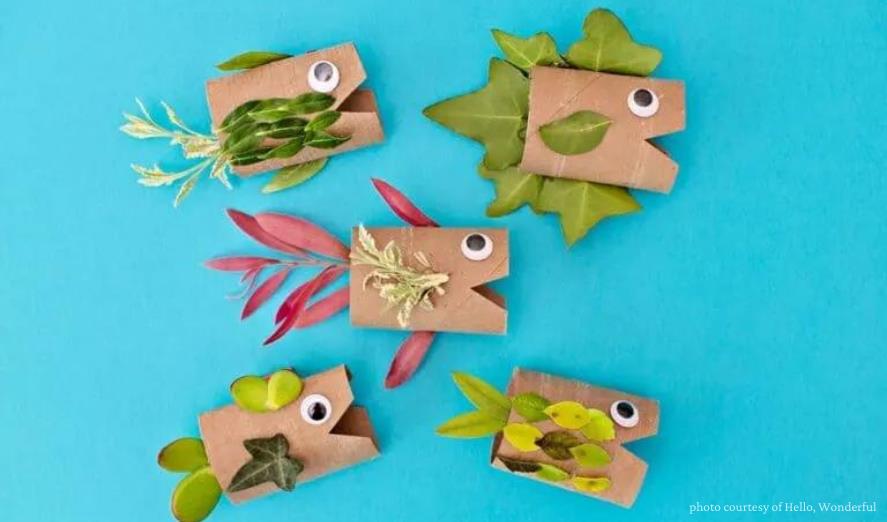
From simple finger painting for toddlers to more intricate paper crafts for older kids, there are age-specific craft ideas that will keep everyone engaged and entertained.
Suitable Age Ranges
When planning DIY family craft projects, it's important to consider the age appropriateness of the activities. Here are some age-specific craft ideas to help you get started:
- Preschoolers (ages 3-5): Simple crafts that focus on sensory experiences, such as finger painting, paper tearing, or using playdough to create shapes.
- Elementary school children (ages 6-12): Crafts that involve cutting, gluing, and painting, such as making paper mache masks, creating collages, or constructing birdhouses.
- Teenagers (ages 13 and up): More complex crafts that require attention to detail and creativity, like jewelry making, tie-dyeing, or building models.
By tailoring the crafts to the age groups involved, you can ensure that everyone can fully participate and enjoy the process.
Age-Specific Craft Ideas
Craft ideas that are age-appropriate are crucial for successful and enjoyable DIY family projects. When planning craft activities, it is important to consider the developmental stage and abilities of each family member.
Young children, for example, may benefit from simple crafts that focus on sensory exploration and fine motor skills, such as finger painting or playdough sculpting.
As kids grow older, they can engage in more complex projects that encourage creativity and problem-solving.
For tweens and teens, crafts that involve using tools and age-appropriate materials, like woodworking or jewelry making, can foster their creative skill development and boost their confidence.
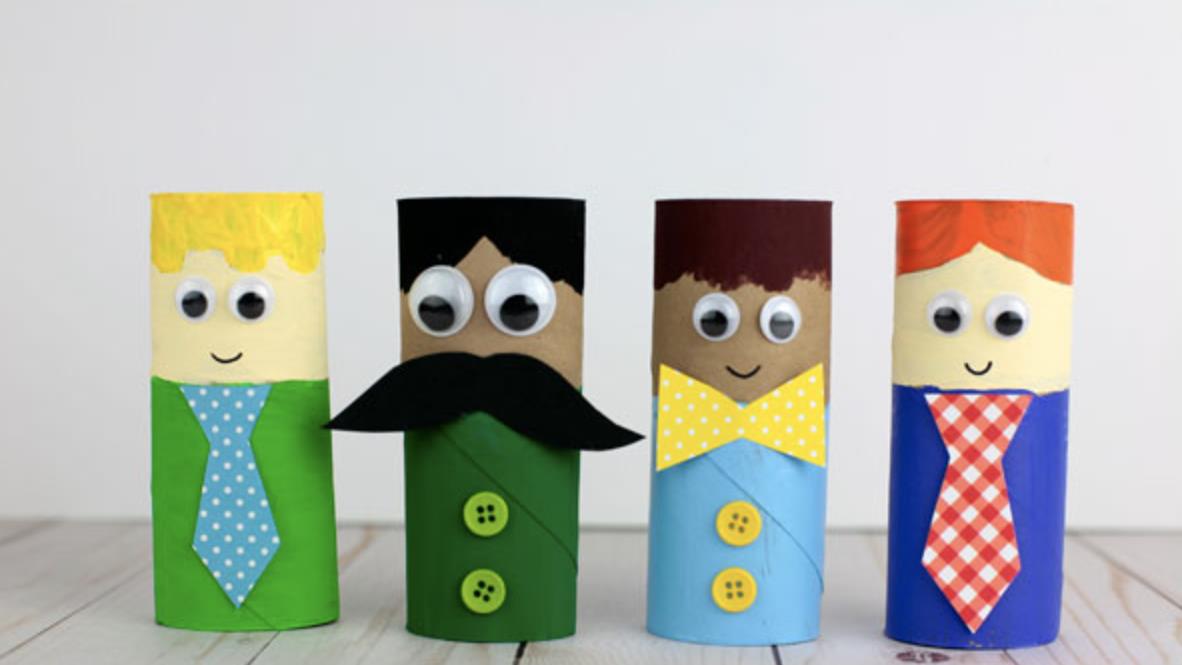
Display and Storage Ideas
Implementing effective display and storage ideas is essential for maximizing the enjoyment and organization of your DIY family craft projects. When it comes to showcasing your creations and keeping your supplies in order, creativity is key.
Here are three creative storage solutions to consider:
- Wall-mounted organizers: Utilize wall space by installing shelves or pegboards to store and display your craft materials. This not only keeps them easily accessible but also adds a decorative element to your crafting area.
- Mason jars and glass containers: Repurpose old mason jars or glass containers to store small craft supplies like buttons, beads, and sequins. Not only are they visually appealing, but they also make it easy to see and access your materials.
- Portable toolboxes and caddies: Invest in a portable toolbox or caddy with multiple compartments for storing and transporting your craft tools and supplies. This allows you to keep everything organized and easily transportable when working on projects away from your crafting area.
Crafting tools are essential for any DIY family craft project. Whether you're a beginner or an experienced crafter, having the right tools can make all the difference in the final outcome of your project.
In this article, we will explore three key points regarding crafting tools: must-have tools that every crafter should have in their arsenal, budget-friendly options for those looking to save some money, and alternative tool options for those who want to think outside the box.
To ensure successful DIY family craft projects, it is essential to have a curated selection of 12 must-have crafting tools. These tools will not only make your crafting experience more enjoyable but also help you create beautiful and professional-looking projects.
Here are three must-have crafting tools that every DIY enthusiast should have in their arsenal:
- Craft Knife: A sharp and precise craft knife is essential for cutting intricate shapes and details. It allows you to have full control over your cuts and ensures clean lines and edges.
- Cutting Mat: A self-healing cutting mat is a must-have for any crafter. It provides a sturdy and safe surface for cutting and protects your tabletop from scratches and cuts.
- Hot Glue Gun: A hot glue gun is a versatile tool that can be used for various crafts. It provides a strong and quick bond, making it perfect for attaching embellishments, securing fabric, and assembling larger projects.
Having these essential crafting tools in your collection will make your DIY projects more enjoyable and successful. So, gather your must-have craft supplies and get ready to unleash your creativity!

How can DIY enthusiasts find affordable crafting tools without compromising quality?
When it comes to budget-friendly alternatives, there are several ways to find bargains without sacrificing the quality of your crafting tools.
One option is to look for second-hand tools at thrift stores or online marketplaces. Many times, these tools are still in great condition and can be purchased at a fraction of the original price.
Another option is to explore discount stores or dollar stores, where you can often find basic crafting tools at affordable prices.
Additionally, consider borrowing tools from friends or family members who may have items that you need for your project.
One option for acquiring alternative crafting tools is to explore niche specialty stores. These stores often carry unique and hard-to-find crafting tools that can add a special touch to your projects.
In addition to specialty stores, there are also alternative crafting tool recommendations that involve repurposing household items for crafting. Here are three examples:
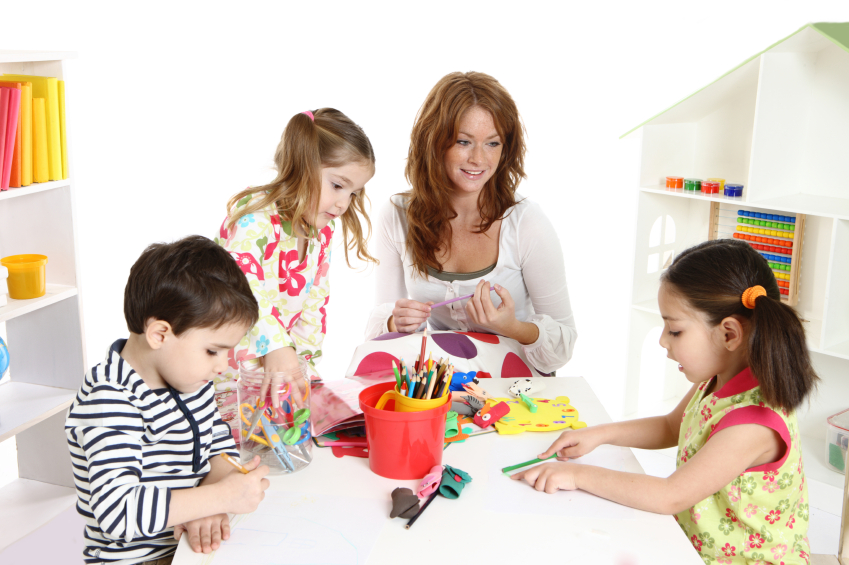
- Clothespins: These versatile tools can be used for holding pieces together while glue dries or as a clamp for small projects.
- Toothpicks: Perfect for adding intricate details, toothpicks can be used to create fine lines, poke holes, or apply small amounts of glue or paint.
- Cookie cutters: Not just for baking, cookie cutters can be used as stencils for tracing shapes onto paper or fabric.
Project Benefits
Craft projects offer numerous benefits for families, as they provide a creative outlet and foster quality bonding time. Engaging in DIY craft projects allows family members of all ages to express their creativity and imagination. Whether it's making paper mache masks or designing personalized t-shirts, these activities encourage self-expression and the exploration of different art forms.
Craft projects also provide an opportunity for family members to work together, promoting teamwork and collaboration. This shared experience strengthens the family bond and creates lasting memories. Furthermore, craft projects can be tailored to the age and skill level of each family member, ensuring that everyone can participate and contribute in their own unique way. From toddlers to grandparents, there is a wide range of age-appropriate craft projects that can be enjoyed by all.
Frequently Asked Questions
Can I Use Recycled Materials for These DIY Family Craft Projects?
Using recycled materials for eco-friendly crafts is a creative way to repurpose household items for DIY projects. It not only reduces waste but also adds a unique touch to your creations, making them more sustainable and environmentally friendly.
When it comes to DIY family craft projects, there are several crafting tool recommendations that can enhance your creative process. Look for budget-friendly options that provide quality and durability, ensuring a successful and enjoyable crafting experience for all.
Can These Craft Projects Be Done Outdoors?
Crafting in nature offers a unique and engaging experience for families. Outdoor craft ideas allow for the exploration of nature while fostering creativity. Benefits of outdoor crafting include fresh air, natural inspiration, and the opportunity to bond as a family. Outdoor craft activities for kids promote freedom and imagination.
Can I Personalize These Craft Projects With Names or Special Messages?
Yes, these DIY family craft projects can be personalized with names or special messages, allowing you to create unique and meaningful creations. Adding personal touches enhances the overall experience and makes the crafts more special for your family.
Are There Any Specific Skills or Techniques That I Should Learn Before Attempting These Projects?
Before attempting DIY family craft projects, it is important to learn essential skills and techniques. Familiarize yourself with basic crafting techniques such as cutting, gluing, and painting. Additionally, gather all the necessary materials to ensure a successful project.
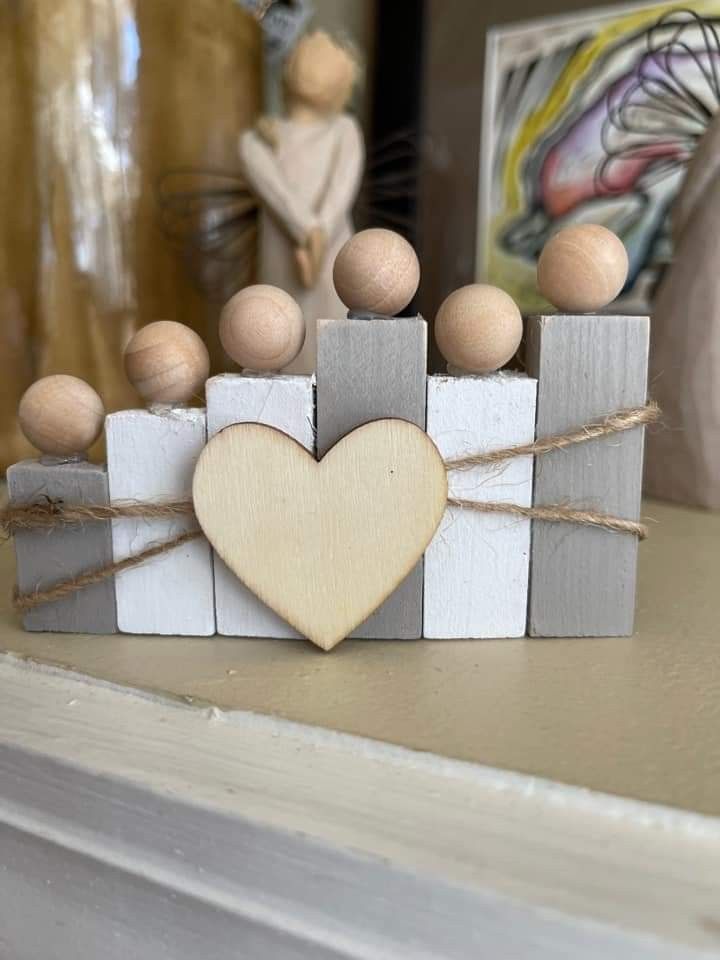
 Family Craft ProjectsHome ImprovementCooking and BakingReuse and RecycleDIY GiftsEco-Friendly ProjectsDIY Home SolutionsSeasonal ActivitiesFun and GamesLearn TogetherPrivacy PolicyTerms And Conditions
Family Craft ProjectsHome ImprovementCooking and BakingReuse and RecycleDIY GiftsEco-Friendly ProjectsDIY Home SolutionsSeasonal ActivitiesFun and GamesLearn TogetherPrivacy PolicyTerms And Conditions

 Family Craft ProjectsHome ImprovementCooking and BakingReuse and RecycleDIY GiftsEco-Friendly ProjectsDIY Home SolutionsSeasonal ActivitiesFun and GamesLearn TogetherPrivacy PolicyTerms And Conditions
Family Craft ProjectsHome ImprovementCooking and BakingReuse and RecycleDIY GiftsEco-Friendly ProjectsDIY Home SolutionsSeasonal ActivitiesFun and GamesLearn TogetherPrivacy PolicyTerms And Conditions
